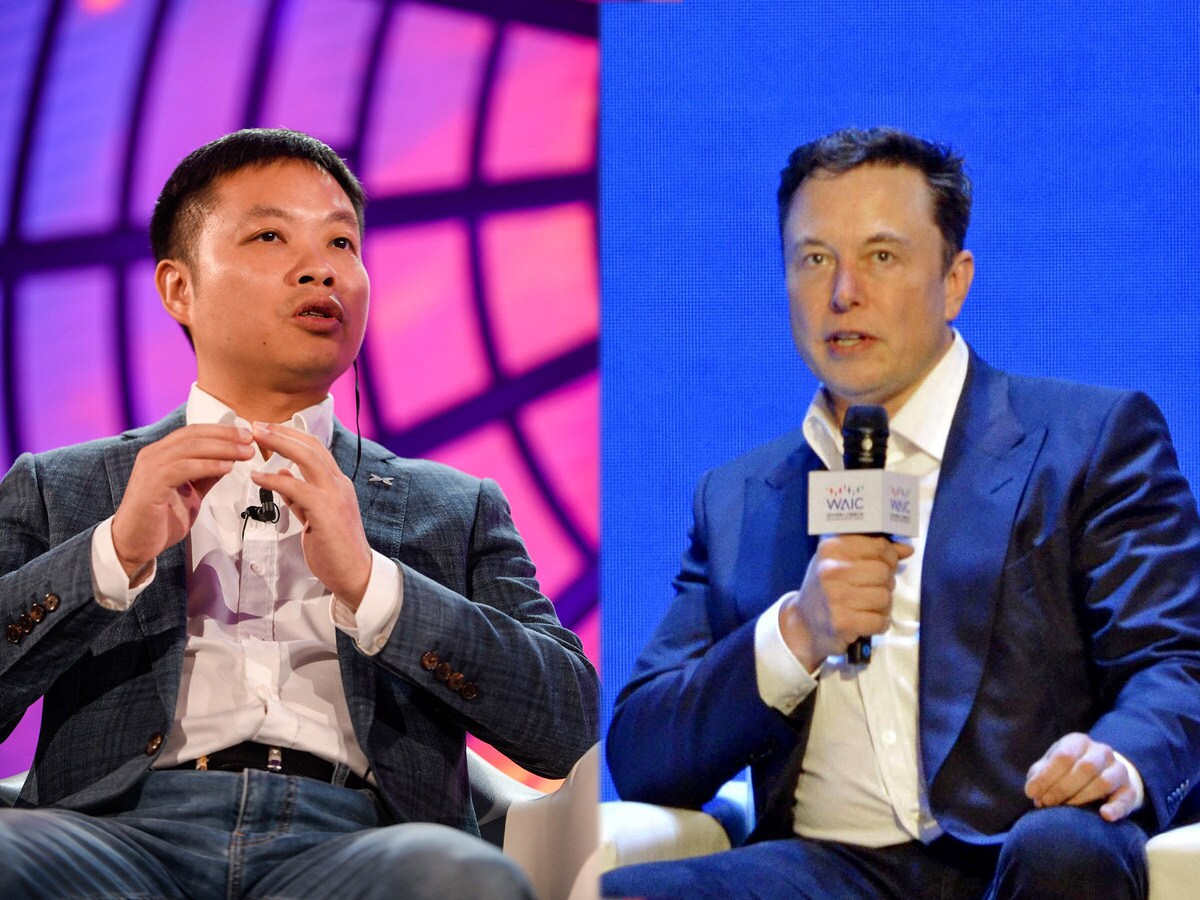Tesla’s [TSLA] share price was one of the biggest stories of 2020. The electric vehicle (EV) manufacturer rode a wave of optimism, fuelled by rising demand in China and the election of Joe Biden as US president.
This saw Tesla’s share price top the $900 mark during trading on 25 January 2021, closing 673.23% above its level 12 months prior, despite the ravages of the coronavirus pandemic.
While it has significantly fallen from those heights, Tesla’s share price closed 20 April 5.4% up for the year to date.
XPeng’s [XPEV] share price has, by contrast, struggled during 2021, closing down 23.9% in the year to 21 April. Despite a dramatic surge to $72.17 in November 2020, XPeng’s share price has declined in the months since. The Chinese EV maker opened the year at $45.60 before losing further value.
673.23%
Tesla's share price rise between 25 January 2021 and 12 months prior
However, the EV market has been so buoyant during this period that XPeng’s share price is still 53.6% above its level when it listed on the New York Stock Exchange last August.
Now EV companies are approaching a fork in the road, with a debate over the future of lidar technology in autonomous vehicles dividing the industry.
Is lidar doomed?
Elon Musk, CEO of Tesla, made his views clear two years ago, when he branded lidar “a fool’s errand” and called any company relying on it “doomed. Doomed!” at Tesla’s first Autonomy Day event in 2019.
Tesla sees cameras as the way of the future, and Musk likened lidar to having multiple “expensive appendages”. XPeng, however, disagrees.
For the Chinese manufacturer, lidar is an important element in a mix that includes cameras, localisation systems, radar and high-precision maps made by fellow Chinese tech company Alibaba [BABA]. Xinzhou Wu, head of the Autonomous Driving Centre at XPeng, told Tech Crunch: “Lidar will provide the 3D drivable space and precise depth estimation to small moving obstacles even like kids and pets, and obviously, other pedestrians and the motorbikes, which are a nightmare for anybody who’s working on driving.”
“Lidar will provide the 3D drivable space and precise depth estimation to small moving obstacles even like kids and pets, and obviously, other pedestrians and the motorbikes, which are a nightmare for anybody who’s working on driving” - Xinzhou Wu, head of the Autonomous Driving Centre at XPeng
What is lidar?
Lidar stands for light detection and ranging. It is a remote detection system that uses laser pulses to measure the distance to nearby objects, working in a similar way to sonar. It currently enables detailed 3D mapping with a range of up to 60 metres, with the potential to increase this range to 200 metres and to develop 4D lidar, which can measure an object’s velocity.
The lidar controversy centres, fundamentally, on its cost-effectiveness. Early models cost as much as $75,000, far more expensive than cameras which, according to Musk’s logic, are up to the task as humans are able to drive cars using only visible light. The technology was also bulky and consisted of multiple moving parts, likened by Chris Urmson, former chief technology officer of self-driving cars at Google [GOOGL], as “spinning Kentucky Fried Chicken buckets”.
However, lidar has become significantly cheaper since Musk’s famous outburst. The Verge reported in January 2020 that experts expected lidar to become price-competitive with cameras, and by November, Velodyne Lidar [VLDR] announced a $500 array with no moving parts.
The Velarray H800 facilitates autonomous cars from Level 2 (requiring continuous human involvement) to Level 5 (requiring no human input at all). Proponents of lidar also stress that, as it doesn’t rely on visual light, it is more effective than cameras in dark or foggy conditions.
Lidars in their field?
With autonomous driving and electric power both increasingly central to the future of the automobile sector, the companies at the forefront of these fields stand to inherit an enormous market.
China alone sold a record 1.3 million EVs last year, and the country’s market is expected to grow 54% in 2021. But, as always with disruptive innovation, there is risk associated with both companies’ positions.
54%
Expected growth of China's EV market in 2021
XPeng’s adoption of lidar brings it into direct competition with robotaxi startups like Pony.ai and WeRide. Conversely, should the technology continue to fall in price and improve in effectiveness, Tesla’s stance could leave it out in the cold.
The iShares Self-Driving EV and Tech ETF [IDRV] holds both Tesla and XPeng’s stock. Tesla is the fund’s second-largest holding, weighted at 4.42%, while XPeng is the 42nd largest holding, weighted at 0.62% (as of 21 April). The fund is up 9.8% so far in 2021, and has gained 116.2% over the previous 12 months.
Continue reading for FREE
- Includes free newsletter updates, unsubscribe anytime. Privacy policy





